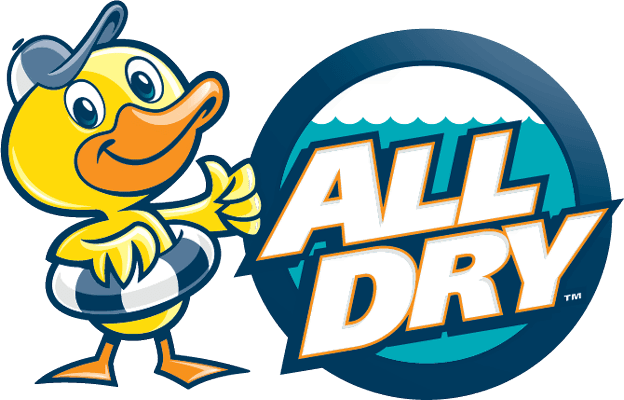Introduction
Water damage is a common concern for homeowners in Georgia, especially given the state’s susceptibility to heavy rainfall, storms, and flooding. When faced with water-related issues, it’s crucial to comprehend the differences between water mitigation and water damage restoration to ensure a comprehensive and effective response.
Water Mitigation
Water mitigation is the initial step in managing water-related issues and focuses on preventing further damage. This process aims to minimize the impact of water intrusion immediately after an incident occurs. Certified professionals, often referred to as water mitigation specialists, assess the extent of the damage and take swift action to limit its escalation.
Key aspects of water mitigation in Georgia include:
- Immediate Response: Water mitigation requires a prompt response. Professionals aim to arrive at the affected site as soon as possible to assess the situation and implement measures to halt the progression of water damage.
- Water Extraction: The removal of standing water is a primary objective in water mitigation. Specialized equipment such as pumps and vacuums is employed to extract water from the premises swiftly.
- Drying and Dehumidification: Once standing water is removed, the focus shifts to drying the affected area thoroughly. Industrial-grade dehumidifiers and drying equipment are utilized to eliminate residual moisture and prevent mold growth.
- Sanitization: Water mitigation involves the application of antimicrobial agents to disinfect affected areas and minimize the risk of bacterial growth. This is especially crucial in cases where water damage is a result of contaminated water sources.
Water Damage Restoration
While water mitigation addresses the immediate aftermath of water intrusion, water damage restoration involves the comprehensive process of restoring the property to its pre-damage condition. This phase typically follows successful water mitigation and includes the following key components:
- Damage Assessment: Restoration specialists conduct a detailed assessment of the damage sustained during the incident. This includes evaluating structural damage, assessing the integrity of materials, and determining the scope of restoration required.
- Repair and Reconstruction: Restoration involves repairing or replacing damaged structures, materials, and components. This may include drywall, flooring, insulation, and other elements affected by water damage. The goal is to return the property to its original state.
- Mold Remediation: Mold is a common consequence of water damage, especially if mitigation measures were not implemented promptly. Restoration specialists address mold issues, conducting thorough remediation to ensure a safe and healthy environment.
- Content Restoration: Personal belongings affected by water damage are also considered in the restoration process. Restoration professionals employ techniques such as cleaning, deodorization, and specialized treatments to salvage and restore items when possible.
Conclusion
In Georgia, understanding the distinction between water mitigation and water damage restoration is essential for homeowners facing water-related issues. While water mitigation is focused on immediate actions to prevent further damage, water damage restoration is a more extensive process that involves repairing and restoring the property to its pre-damage condition. By grasping these differences, homeowners can make informed decisions and enlist the appropriate professional services to address water-related challenges effectively.
